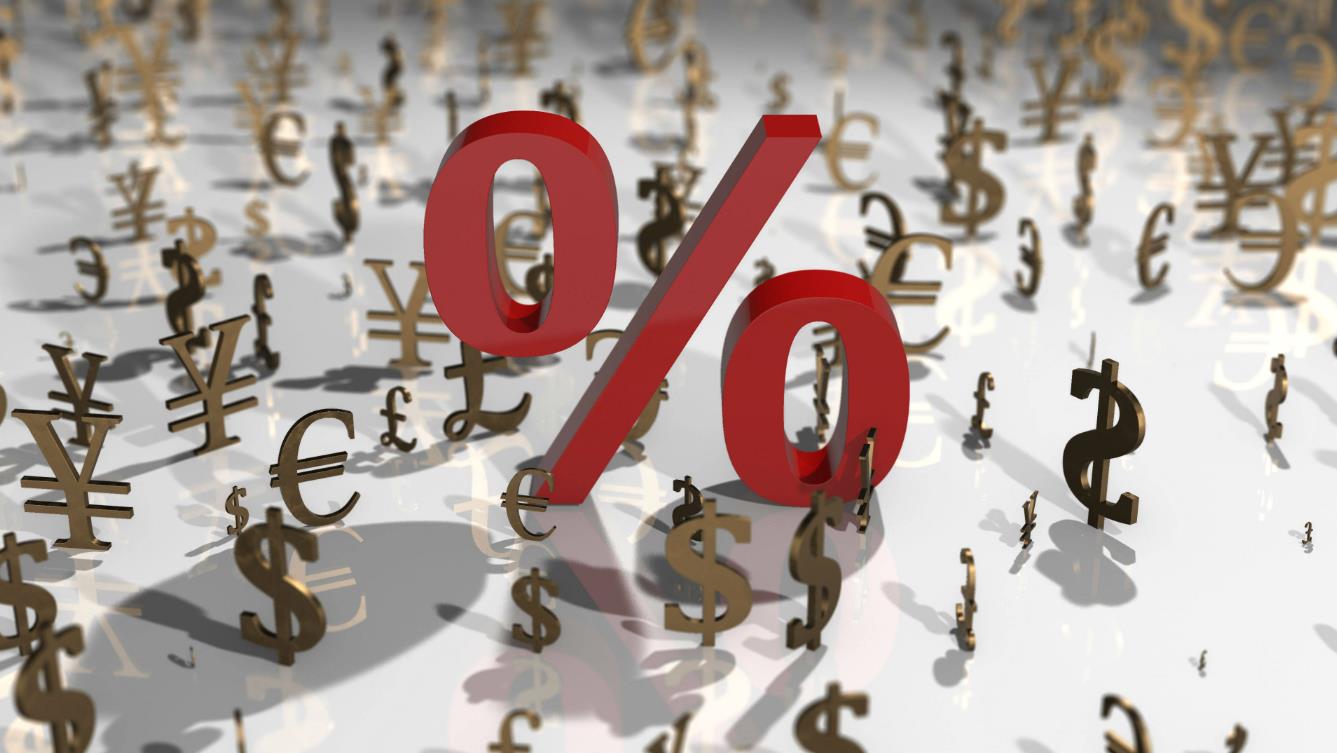What is Monetary Liquidity?
Monetary liquidity refers to the degree of circulation and exchangeability of
money in the market. It reflects the liquidity and availability of money in the
economic system, that is, the ability of money to be quickly and conveniently
used to purchase goods and services, as well as to conduct transactions and
payments.

The popular explanation for currency liquidity refers to the "ease of use" of
currency. If currency liquidity is high, it means that people can easily use and
exchange this currency, which can be widely accepted and used to purchase goods
and services, conduct transactions, and make payments. On the contrary, if
currency liquidity is low, people may encounter difficulties because this
currency is not convenient to use and exchange.
For example, if you have a piece of cash in your hand, you can use it to
purchase things or pay bills at any time, which is a manifestation of high
currency liquidity. But if you only have a foreign currency that is rarely
accepted, you may find it difficult to find merchants willing to accept it,
which is a manifestation of low currency liquidity.
The level of monetary liquidity has a significant impact on the operation and
stability of the economic system. High liquidity means that the money supply is
sufficient and there is enough money in the market for transactions and
payments, thereby promoting economic activity. This helps to improve market
efficiency and flexibility, driving economic growth and increasing employment
opportunities.
On the contrary, low liquidity means that the money supply is insufficient
and there is not enough money in the market for transactions and payments. This
may lead to a slowdown and stagnation of economic activity, limiting the
consumption and investment capabilities of enterprises and individuals, thereby
having a negative impact on economic growth and employment.
The degree of money liquidity can be measured by a variety of indicators,
such as Money supply, money speed, and Demand for money. The money supply refers
to the total amount of money in the market, including cash and deposits.
Currency speed refers to the frequency of currency transactions within a certain
period of time, which is the speed of currency turnover. Demand for money refers
to the demand for money in the market, including transaction demand and reserve
demand.
The central bank is the institution responsible for managing monetary
liquidity, maintaining stability by adjusting monetary policy, and implementing
money supply control measures. The central bank can affect monetary liquidity by
increasing or reducing the Money supply, adjusting the interest rate level, and
implementing open market operations to achieve the goals of economic stability
and inflation control.







